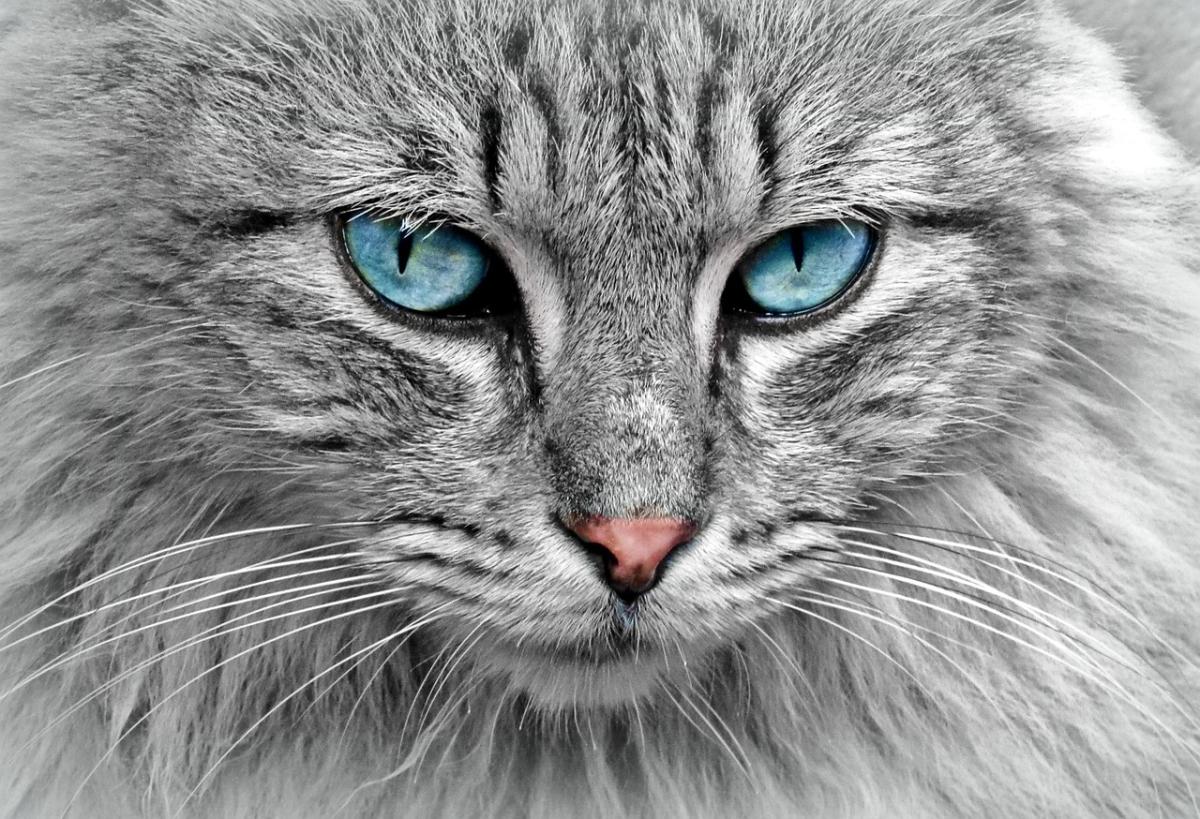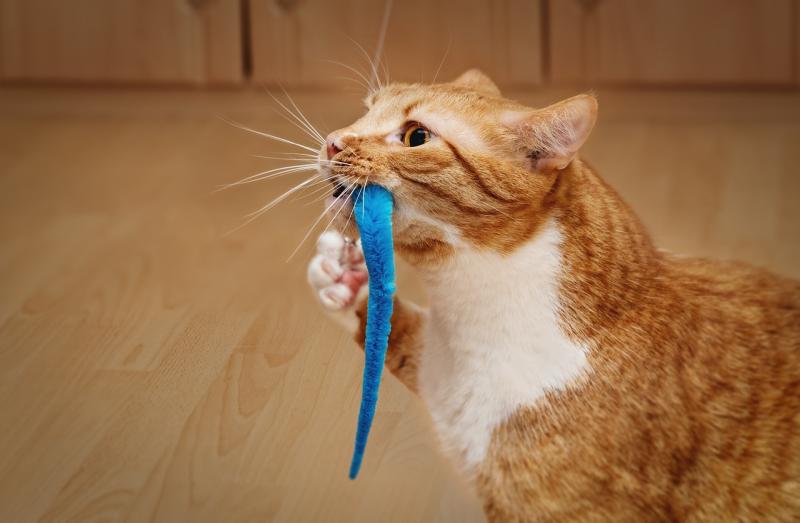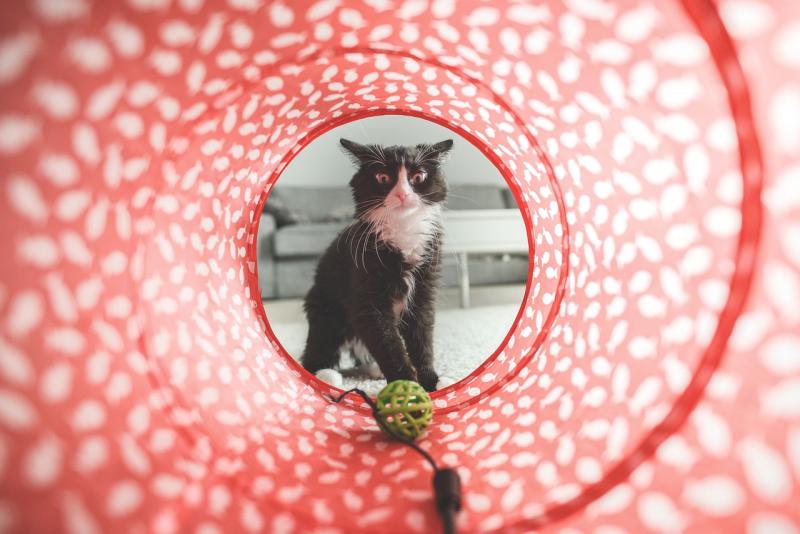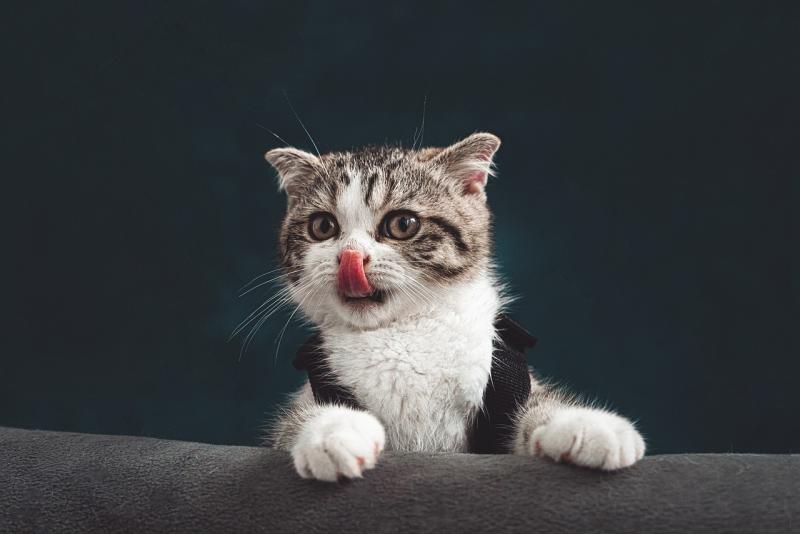Did you know that your cuddly cat used to be a fierce hunter? It’s true! Thousands of years ago, wildcats roamed the earth, mainly in regions like Africa and the Middle East. These agile hunters were experts at stalking and capturing their prey, from mice to birds. Their sharp instincts and impressive speed helped them survive in the wild.
Over time, people started to notice that these wildcats were helpful around their homes. As agriculture emerged, grain stores attracted rodents, and those sharp-eyed hunters became valuable companions. Instead of chasing them away, humans welcomed these wildcats, and a partnership began to form. It wasn't long before humans started to domesticate these spirited little hunters.
As wildcats adjusted to the human lifestyle, something magical happened. They began to develop traits that made them more suitable for living with us. They became friendlier and less skittish around people, which made them great pets! This shift paved the way for the domestic cats we know and love today—curious, playful, and snuggly companions.
Fast forward to today, and cats have made their way into our hearts and homes. From napping on our laps to engaging in their quirky antics, they bring joy and comfort to our lives. They may have traded their wild ways for soft beds and treats, but their unique personalities and playful spirits remind us of their adventurous ancestry.
Early Domestication of Our Feline Friends
When we think about our cuddly cats today, it’s hard to imagine a time when they roamed free, hunting on their own. The journey of cats becoming our companions started thousands of years ago. Early domestication began around 9,000 years ago in the Near East, where humans were settling down and farming. As people started to grow crops, they attracted rodents in search of food. This is where the story of our feline friends takes a fascinating turn.
The early farmers noticed that wild cats began hanging around their grain storage. These clever hunters were keeping the rodent population in check. Instead of chasing these cats away, humans welcomed them. This mutual benefit sparked a bond that would eventually lead to domestication. Cats got a steady food source, while humans enjoyed fewer pests. It was a win-win situation!
Over time, the cats that were more friendly and sociable found themselves thriving around human settlements. These traits made them more successful in forming relationships with people. Unlike some other animals that required extensive training, cats kind of came into their own when it came to living alongside humans. They didn’t need a leash or special commands; they just needed a sunny spot and some affection.
As trade routes opened and cultures blended, different breeds of cats started to appear. From the sleek Siamese to the fluffy Persian, these cats took on various traits that appealed to their human companions. Cats became more than just pest controllers; they became cherished members of households around the world. Isn’t it amazing how a small step into companionship has led to the diverse, delightful feline family we adore today?
How Cats Became Part of Families
Cats have a special way of worming their way into our hearts and homes. But how did these furry little creatures go from wild hunters to beloved family members? It all started thousands of years ago, when humans began to settle down and farm the land.
As people grew crops, they noticed something odd: wild cats were showing up. At first, they were just around to catch rodents that threatened the harvest. Farmers appreciated the cats for keeping their food safe, and over time, the relationship blossomed. Cats began to stick around, lured by the promise of food and a warm place to sleep.
Eventually, humans started to notice that cats weren’t just useful; they had personalities too. They could be playful, affectionate, and sometimes downright goofy. As the bond grew stronger, we began to invite them further into our lives. No longer just working companions, cats became part of the family.
Over generations, certain cat breeds adapted to living with people. Some were even bred for specific traits, making them more social or cuddly. Today, whether you're a cat mom or dad to a fluffy Maine Coon or a tiny, fierce Siamese, each cat has its own unique story that connects back to those early days of coexistence.
Understanding Cat Behavior and Communication
Understanding your cat's behavior can feel like deciphering a secret code. Cats are unique creatures with their own ways of expressing feelings and needs. Unlike dogs, who often rely on bark and wagging tails, cats have a more subtle approach to communication, blending body language and vocalizations in interesting ways.
One of the most common ways cats communicate is through their body language. A relaxed cat may have its ears facing forward, tail held high, and may even be kneading with its paws. Conversely, if your cat's ears are flat and the tail is twitching, it might be feeling threatened or annoyed. Paying attention to these signs can help you understand when your feline friend is feeling playful or when it needs some space.
Vocalizations are also key players in how cats convey their feelings. Sure, they might meow when they're hungry, but did you know that different meows can mean different things? A soft, short meow can be a friendly greeting, while a longer, more insistent meow might be a request for food or attention. You'll soon find yourself deciphering your cat's unique sound language!
Understanding your cat's behavior is all about observation and patience. You’ll start to notice patterns: when they like being petted, how they react to new spaces, or what toys ignite their playful nature. Every cat is different, and taking the time to learn what makes your kitty tick can strengthen your bond and enrich your life together.



